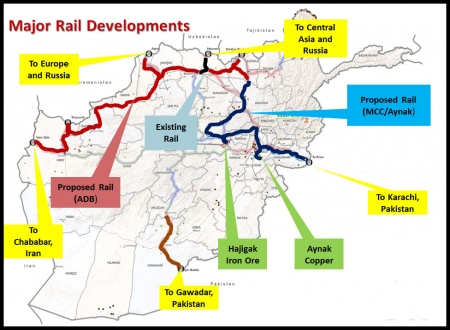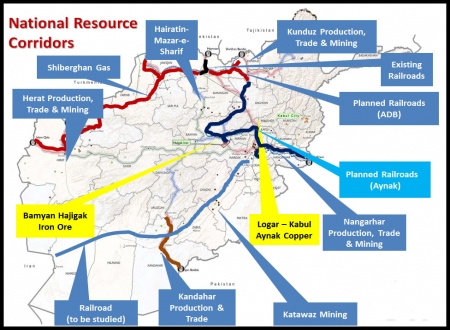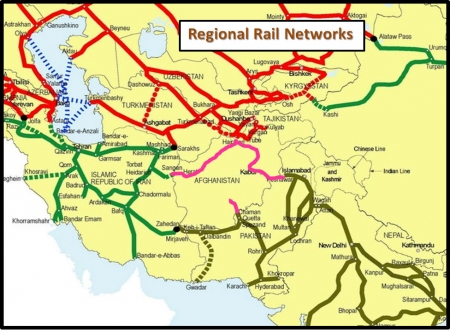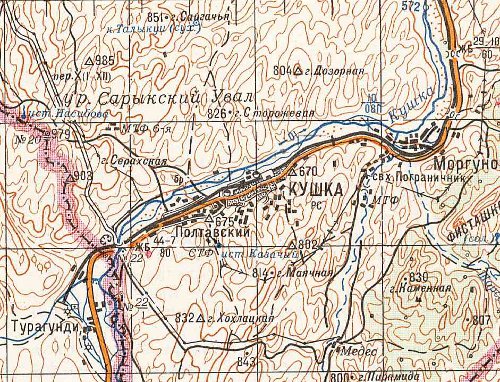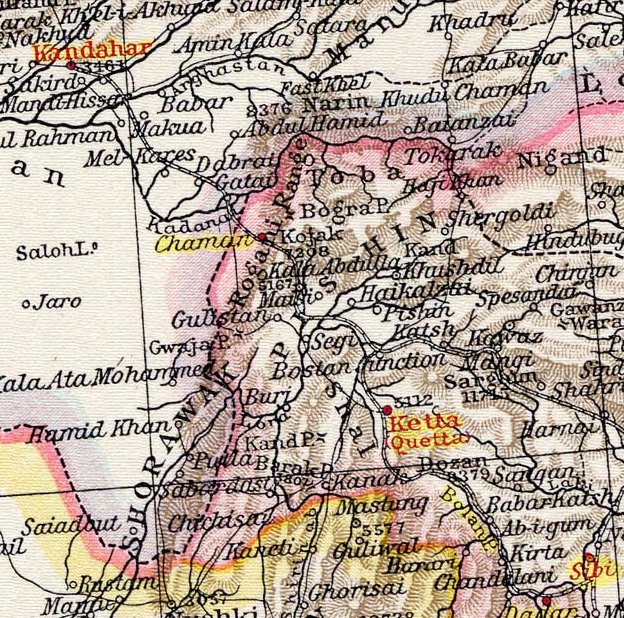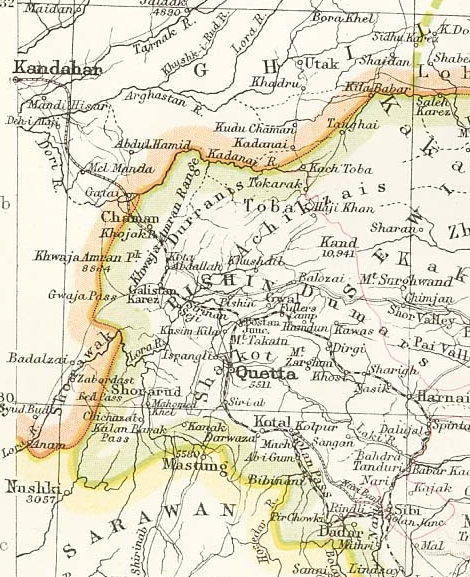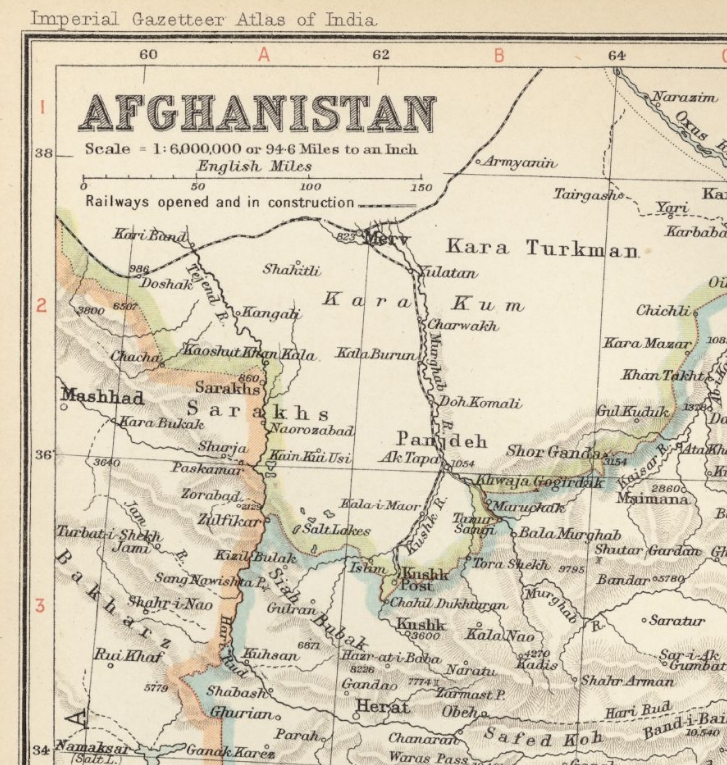Boost for Afghan Plan to Develop Railway System
MANILA, PHILIPPINES – Afghanistan’s push to develop a railway system that will spur economic growth and make the country a key transit and trade route within Asia is to receive support from the Asian Development Bank (ADB).
ADB has approved a technical assistance grant of US$1.2 million to fund a feasibility study for two key railway routes in the north of the country. The focus will be on railway lines linking northern Afghanistan with neighboring Uzbekistan and Tajikistan.
Land-locked Afghanistan has seen major improvements in its road network in recent years, with support from ADB. However, only half the roads that connect 24 provinces in the country are serviceable throughout the year and the system remains inadequate, inefficient and, in some places, unsafe. Rail provides a more reliable and cost-effective option for moving people and goods, and can help Afghanistan unlock its significant mineral, industrial and agricultural wealth.
An expanded rail system will also help Afghanistan realize its strategic potential as a gateway linking Central, South Asia and the Middle East, and supports the Central Asia Regional Economic Cooperation (CAREC) group of countries’ transport corridors program.
“The technical assistance support for an expanded rail system will help boost sustainable economic growth and poverty reduction in the country, as well as fostering regional cooperation by boosting intra and interregional trade along the CAREC transport corridors,” says Manzoor Rehman, Senior Transport Specialist in ADB’s Central and West Asia Department. “It will enhance Afghanistan’s economic competitiveness and provide all-year accessibility to its neighbors.”
Feasibility studies will be carried out on two proposed railway lines linking Hairatan, on the border with Uzbekistan, to Herat, in west Afghanistan, and another starting at Shirkhan Bendar, on the border with Tajikistan, and traveling via Kunduz and Mazar-e-Sharif to Herat. ADB will assess long-term traffic demand, and the rail sector’s potential capacity, before making recommendations to the Government on the two routes.
The total project cost is estimated at $1.26 million with the government making an in-kind contribution equivalent to $60,000. The Ministry of Public Works will be the Executing Agency.
Since 2002, ADB has approved financial support of over $600 million for Afghanistan’s transport and communications sector, mostly for roads. This is over 40% of ADB’s overall assistance to the country and around 25% of all donor financing for Afghanistan’s roads. The new technical assistance grant is included in the ADB’s 2009 pipeline for nonlending products and services for Afghanistan, as set out in the ADB’s Country Partnership Strategy: Afghanistan, 2009-2013.
Source: Asian Development Bank 2009-04-28
